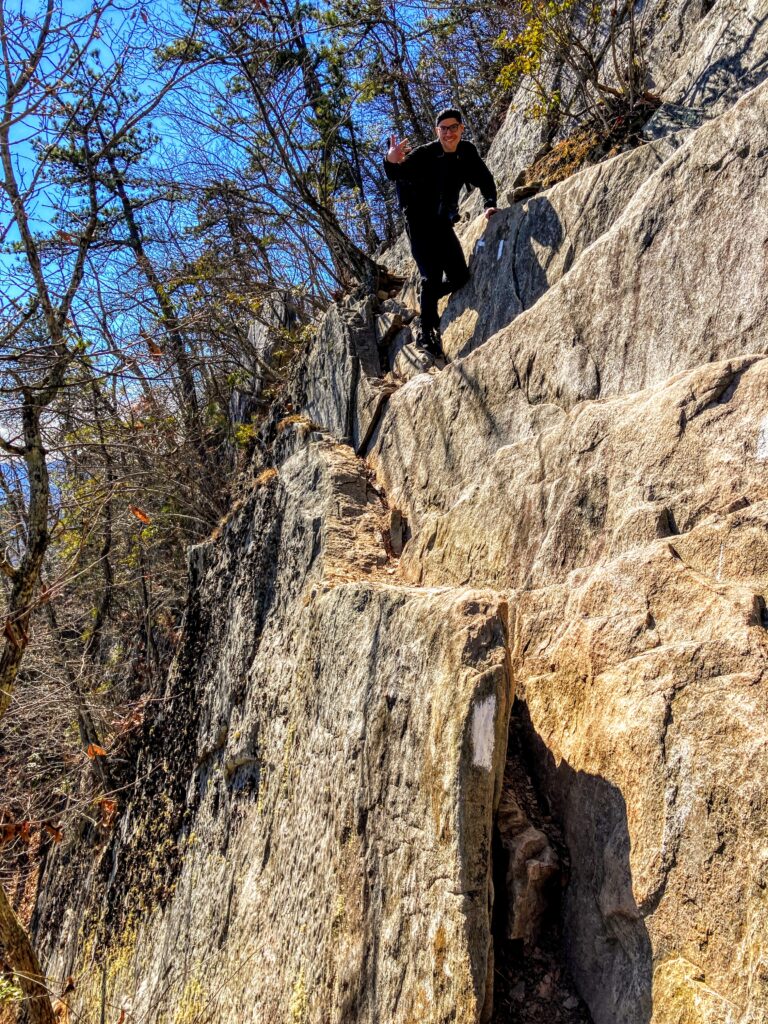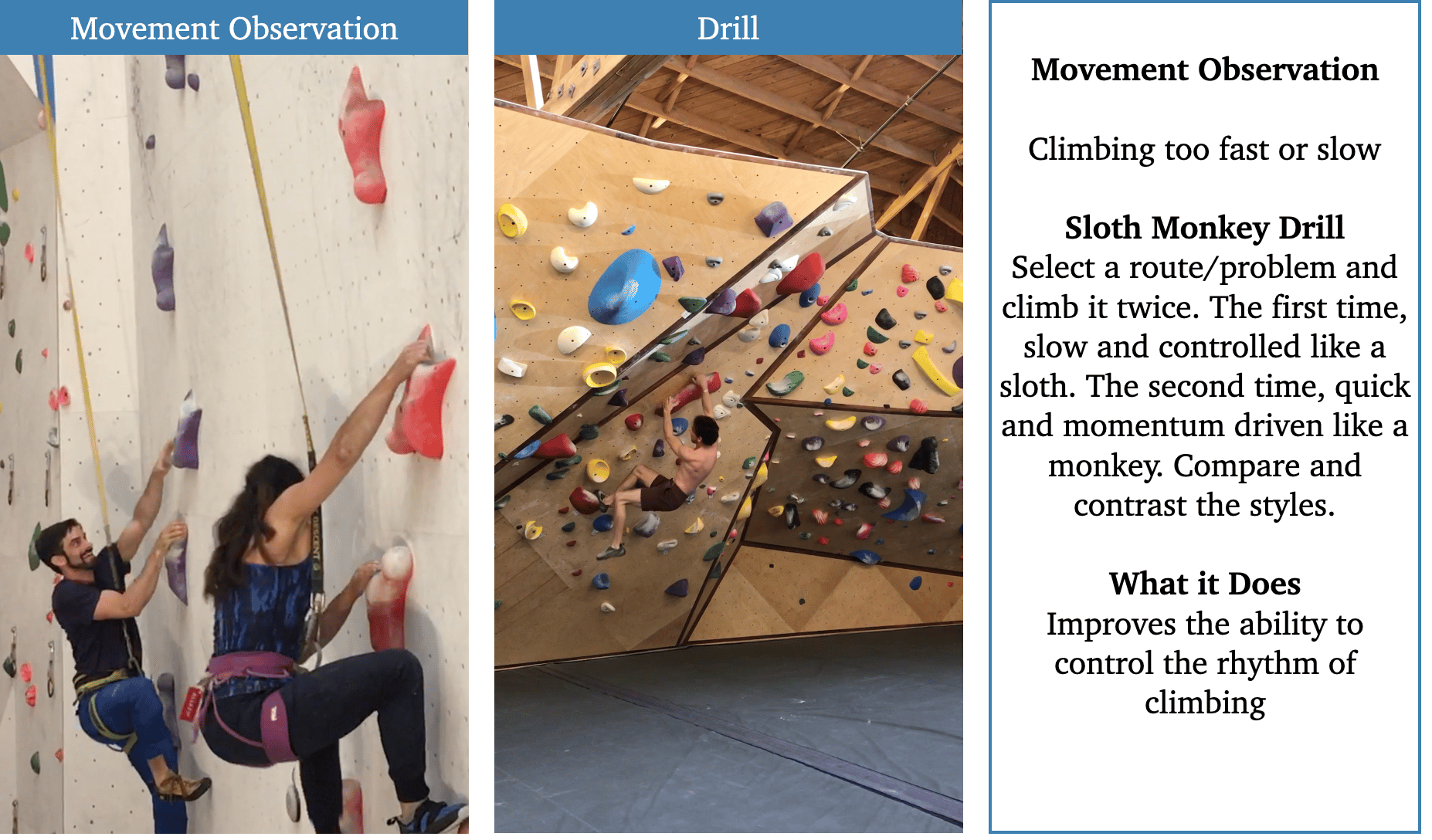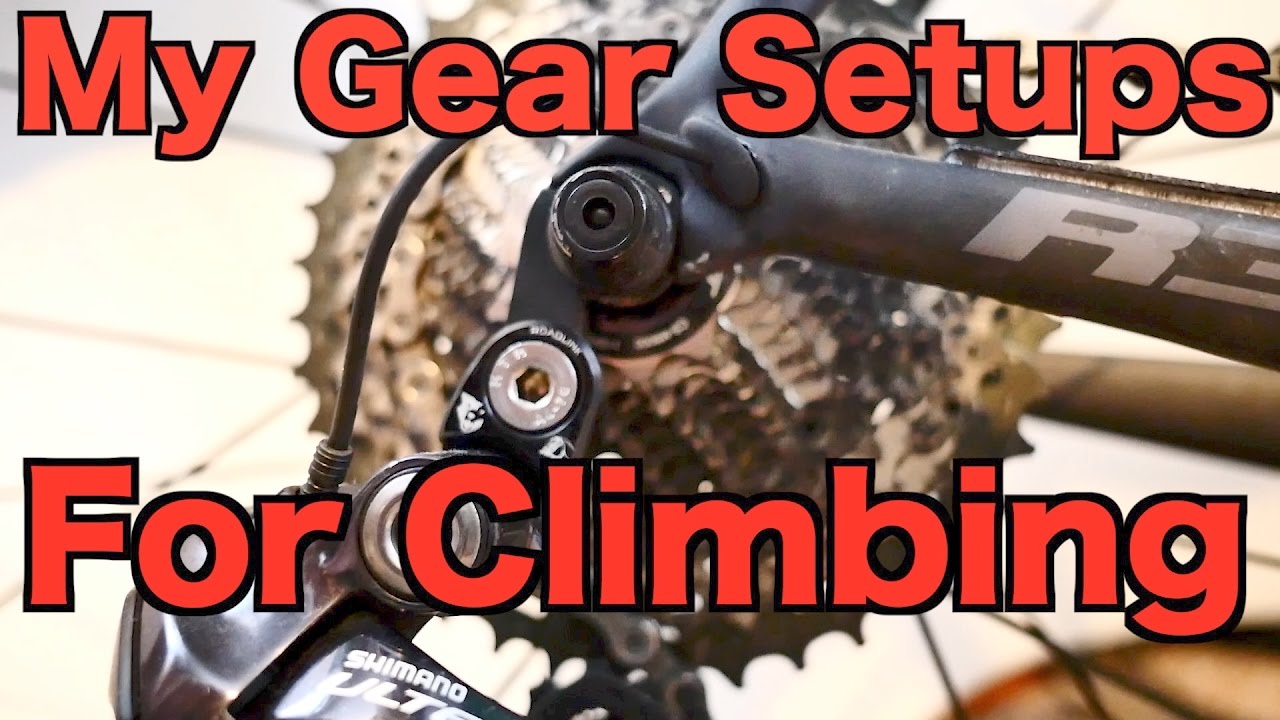🔥 Best MTB GEAR DEALS ON AMAZON
When it comes to choosing between a mountain bike and a hybrid bike, one common question that arises is which one is faster. Both bikes have their own advantages and cater to different riding styles and terrains. In this article, we will explore the factors that contribute to the speed of each type of bike to help you make an informed decision.
Mountain Bikes: Conquer the Off-Road Terrain
Mountain bikes are specifically designed for off-road riding and are built to handle rough terrains such as trails, mountains, and dirt tracks. They typically feature wide and knobby tires, a sturdy frame, and a suspension system to absorb shocks and bumps.
Factors Affecting Speed in Mountain Bikes
- Tires: The wide and knobby tires of mountain bikes offer excellent traction on loose and uneven surfaces. These tires are designed to provide superior grip off-road, allowing riders to navigate through obstacles such as rocks, roots, and mud. However, on smoother surfaces like asphalt or concrete roads, the increased rolling resistance of these tires can slow you down. It’s important to note that some mountain bikes offer the option to switch to smoother tires for more efficient riding on pavement.
- Weight: Mountain bikes tend to be heavier than their hybrid counterparts due to the robust frame and suspension system. This additional weight can affect speed, especially on flat surfaces and during climbs. However, the weight also contributes to stability and control, particularly when navigating challenging terrains. It’s important to find a balance between weight and performance based on your specific riding preferences.
- Gearing: Mountain bikes often come equipped with a wider range of gears, including lower gears for uphill climbs. This allows riders to maintain a comfortable cadence and apply the necessary power when tackling steep terrains. While the wide range of gears is beneficial for off-road riding, it may not be as conducive to achieving high speeds on flat surfaces. The lower gears can limit top-end speed, but this is a trade-off for better control and efficiency in various off-road conditions.
- Suspension: The suspension system on mountain bikes absorbs shocks and vibrations, enhancing comfort and control on rough terrains. This feature allows riders to maintain better traction and control over uneven surfaces, contributing to overall speed. However, the added component of the suspension system can add weight and may result in a slight loss of speed on smoother surfaces. It’s important to consider the type of suspension system (front or full suspension) and adjust it according to the terrain you’ll be riding on.
Ideal Terrain for Mountain Bikes
Mountain bikes excel in off-road environments such as:
- Technical trails with rocks, roots, and obstacles: The sturdy frame, wide tires, and suspension system of mountain bikes make them well-suited for navigating technical trails with various obstacles. The superior traction and control allow riders to maintain speed and stability even in challenging conditions.
- Steep inclines and descents: The low gears and sturdy construction of mountain bikes make them ideal for climbing steep inclines and descending with control. The suspension system helps absorb impacts and maintain traction on downhill sections.
- Loose gravel and dirt paths: The wide and knobby tires of mountain bikes provide excellent grip on loose surfaces, allowing riders to maintain speed and stability. The robust frame and suspension system also help navigate through these terrains more comfortably.
- Forested areas with narrow trails: Mountain bikes are designed to handle narrow trails and maneuver through tight spaces. The stability and control offered by these bikes make them suitable for riding in forested areas with narrow trails.
While mountain bikes may not be the fastest option on smooth roads, their robust construction and off-road capabilities make them the go-to choice for adrenaline junkies and avid trail enthusiasts.
Hybrid Bikes: Versatile and Efficient
Hybrid bikes, as the name suggests, combine features of both road and mountain bikes. They are designed to provide a balance between speed and comfort, making them suitable for various terrains and riding conditions.
Factors Affecting Speed in Hybrid Bikes
- Tires: Hybrid bikes typically feature tires that are narrower than those found on mountain bikes. This design allows for reduced rolling resistance, resulting in higher speeds on smooth surfaces like paved roads. The tires may also have a smoother tread pattern, further reducing resistance and increasing efficiency. However, the narrower tires may limit traction and control on loose or uneven off-road surfaces.
- Weight: Compared to mountain bikes, hybrids tend to be lighter due to a lighter frame and absence of a suspension system. This reduced weight contributes to improved acceleration and overall speed. The lighter weight also makes the bike more maneuverable and easier to handle in urban environments or during quick direction changes.
- Gearing: Hybrid bikes often have a slightly narrower range of gears compared to mountain bikes. This gearing setup is optimized for efficient pedaling on both flat roads and moderate inclines, enabling riders to achieve higher speeds. The narrower gear range may not be suitable for extremely steep inclines or technical off-road trails, but it offers a good balance for versatile riding.
- Frame Geometry: Hybrid bikes usually have a more upright riding position and a slightly more aerodynamic frame design compared to mountain bikes. This allows for better power transfer and minimizes wind resistance, resulting in increased speed on flat surfaces. The more upright position also enhances visibility and comfort during longer rides.
Ideal Terrain for Hybrid Bikes
Hybrid bikes are versatile and perform well on a range of terrains, including:
- Paved roads and bike paths: The narrower tires, efficient gearing, and lightweight design of hybrid bikes make them excellent choices for riding on paved surfaces. The reduced rolling resistance and aerodynamic frame contribute to higher speeds and smoother rides.
- Commuting in urban areas: Hybrid bikes are popular choices for commuting due to their agility and versatility. They can navigate through traffic, handle potholes or curbs, and provide a comfortable riding experience.
- Light off-road trails with packed dirt or gravel: While not as capable as mountain bikes on technical off-road trails, hybrids can handle light off-road terrains with packed dirt or gravel. The wider tires provide better traction compared to road bikes, allowing riders to explore a wider range of paths.
- Leisurely rides on country roads: Hybrid bikes are suitable for leisurely rides on country roads, offering a good balance of speed and comfort. The efficient gearing and lightweight design make longer rides more enjoyable.
Hybrid bikes strike a balance between the speed of road bikes and the off-road capabilities of mountain bikes. They are an excellent choice for riders seeking versatility and comfort without compromising too much on speed.
The Verdict: Which One is Faster?
The answer to whether a mountain bike or a hybrid bike is faster ultimately depends on the terrain and riding conditions. If you primarily ride off-road and tackle challenging trails, a mountain bike will be the faster option. Its sturdy build, wide tires, and suspension system make it optimal for conquering rough terrains and maintaining speed and control.
On the other hand, if your riding involves a mix of paved roads, bike paths, and light off-road trails, a hybrid bike will likely be faster. Its lighter weight, narrower tires, efficient gearing, and aerodynamic frame design allow for efficient pedaling and higher speeds on smooth surfaces. The versatility of hybrid bikes makes them suitable for various terrains and riding styles.
Ultimately, it is essential to consider your riding preferences, terrain, and intended use before deciding on the fastest bike for your needs. Whether you choose a mountain bike or a hybrid bike, both offer thrilling experiences and the opportunity to explore the great outdoors.
So, get ready to embark on your cycling adventures and enjoy the speed and excitement that suits your style of riding!
*This complete article is written in markdown format.
FAQ
Q: Which bike is faster, a mountain bike or a hybrid bike?
A: The speed of a bike depends on the terrain and riding conditions. For off-road trails and challenging terrain, a mountain bike is faster. For a mix of paved roads, bike paths, and light off-road trails, a hybrid bike is faster.
Q: How do tires affect the speed of a mountain bike?
A: The wide and knobby tires of mountain bikes provide excellent traction on off-road surfaces but can slow you down on smooth surfaces like asphalt or concrete roads due to increased rolling resistance.
Q: Does weight affect the speed of a mountain bike?
A: Yes, the weight of a mountain bike can affect speed, especially on flat surfaces and during climbs. However, the weight also contributes to stability and control, particularly when navigating challenging terrains.
Q: What terrain is ideal for a hybrid bike?
A: Hybrid bikes are versatile and perform well on paved roads, bike paths, light off-road trails with packed dirt or gravel, and leisurely rides on country roads. They strike a balance between speed and comfort.



